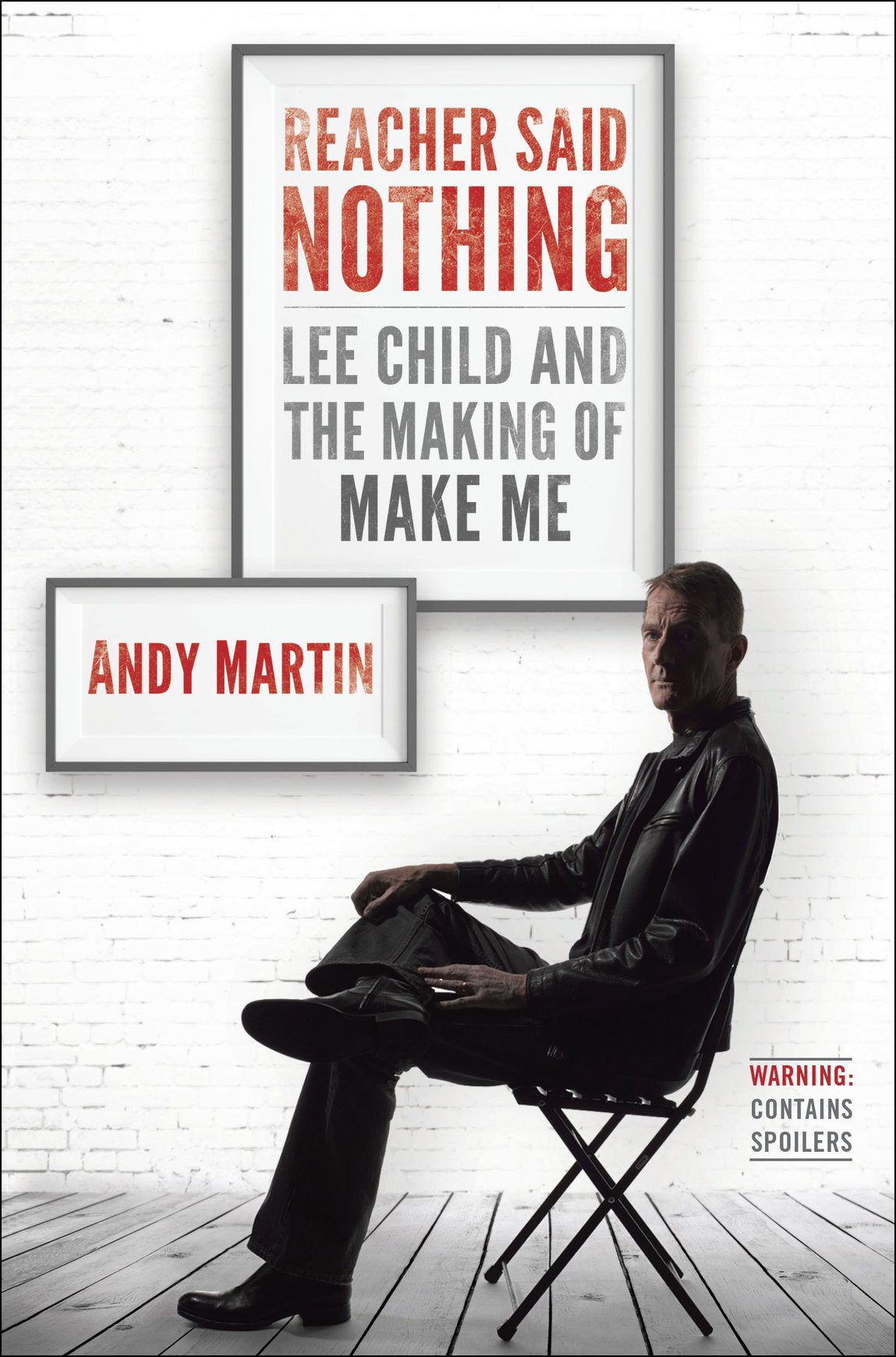
Reacher Said Nothing
Lee Child and the Making of Make Me
کتاب های مرتبط
- اطلاعات
- نقد و بررسی
- دیدگاه کاربران
نقد و بررسی

November 23, 2015
Even the most devoted fans of Lee Child's Jack Reacher novels are likely to find this rambling account of the latest entry's creation hard-going. Martin (The Boxer and the Goalkeeper), an unabashed fan of Child's work, conveys his excitement at hanging out with Child during the seven-month writing of the 20th Reacher novel, Make Me. He was more than just a removed observer, participating in the creative process by offering suggestions about character and plot. Martin's enthusiasm carries him to hyperbolic lengths, however, such as describing the experience as akin to the particle collisions that take place in CERN's Large Hadron Collider: "the cataclysmic Big Bang... the expansion of a fictional universe, which is still growing." His flights of literary fancy are not always easy to follow, as when he describes Make Me as a "form of pre-Socratic flux, equipped with endless cups of coffee." Child himself does not always come off to best advantage; it's hard to make sense of Martin's explanation as to why Child was affected more by the Yankees' loss of the 2001 World Series than by the 9/11 terrorist attacks. Readers who prefer watching movies with the director's audio commentary on may enjoy this as the literary equivalent; others can stick to reading Make Me.

January 1, 2016
Martin (French, Univ. of Cambridge; Waiting for Bardot) hits on the idea of crafting a book about international best-selling thriller writer Lee Child and the process he undergoes each year to turn out another of his much-anticipated "Jack Reacher" novels (with the publication of Make Me, the series currently runs to 20 volumes). Child agrees, offering Martin unprecedented access to both his writing and personal lives. As he observes Child, Martin feels himself being drawn into the novel, seemingly as invested in its outcome as the author. "It wasn't just that I didn't really want the novel to come to an end," Martin writes of his waning time with Child and the imminent last words on the page. "I had a growing anxiety: What if I missed the ending?" For the biography of a book that emphasizes Child's focus on structure and pacing, Martin's own observations are often scattershot and random. For instance, a riff between the two about the possibility of creating an algorithm to write Reacher's adventures includes an aside on philosophers Claude Levi-Strauss and Roman Jakobson; the book holds many similar surprises, which may remind readers of the work of cultural critic Jon Ronson. But it's in those close interactions in more than 70 tight vignettes that Child, his backstory, and his work come alive. Martin's irrepressible glee about the project is infectious. VERDICT Recommended for fans of Child's work or aspiring novelists who could benefit from an insider's view of the messy, complicated, and transcendent act of writing.--Patrick A. Smith, Bainbridge State Coll., GA
Copyright 2016 Library Journal, LLC Used with permission.

























دیدگاه کاربران